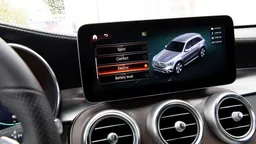
Written by

We will have to get used to the fact that traffic jams are here to stay. After all, if traffic can move one per cent faster during rush hour, this will increase car commuting by just over one per cent. This follows from research by Rijkswaterstaat, the Dutch Road Authority. The study provides a simple insight into the behavioural effects of various mobility measures. These are average effects that can vary in specific situations.
Rijkswaterstaat's findings are in line with international research. A synthesis of five studies concludes that in urban areas, one per cent extra motorway capacity leads to one per cent extra traffic. For urban trunk roads, the figure is 0.75 percent. This confirms the 'fundamental law of road congestion', as one of the five underlying studies is called. A study of the impact of 16 motorway widenings in the Netherlands also shows that the additional traffic growth on the main road network exceeds the increase in capacity.
Congestion regulates mobility behaviour. Excessive congestion encourages drivers to choose a shorter journey, to avoid the rush hour, to travel with someone else or to use another mode of transport. Less congestion has the opposite effect. After the opening of the Zeeburger tunnel near Amsterdam, 16% more cars crossed the North Sea Canal during rush hour, the average occupancy of these cars fell by 7% and 31% of drivers returned to driving during rush hour.
So, congestion remains. Back in 1988, McKinsey advised in its report 'Ending traffic jams' that more asphalt would not solve congestion. The statistics bear this out: after some ups and downs, the time lost per kilometre driven on Dutch motorways today is about the same as it was twenty years ago. Traffic jams slow traffic down by an average of one tenth of a kilometre per hour.


